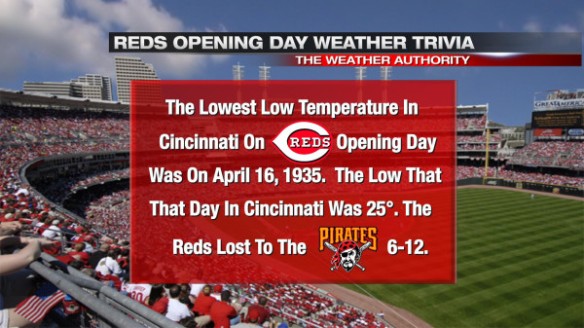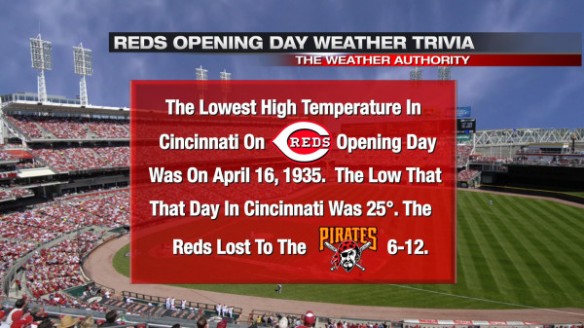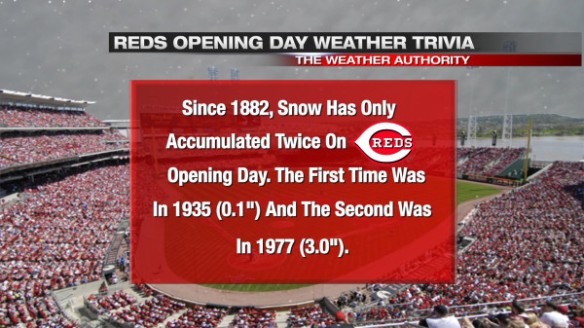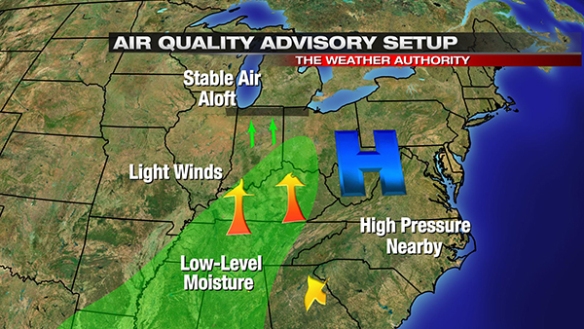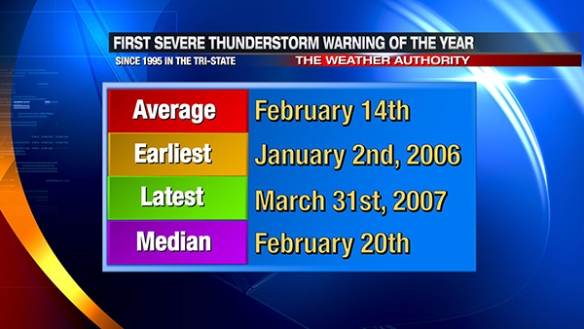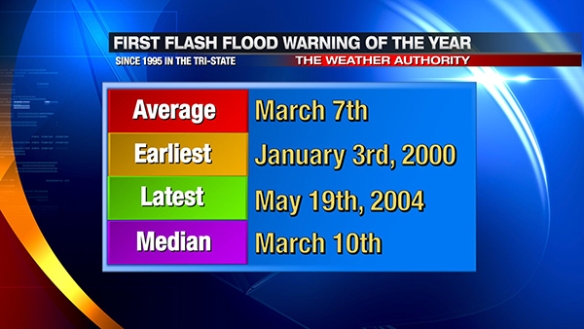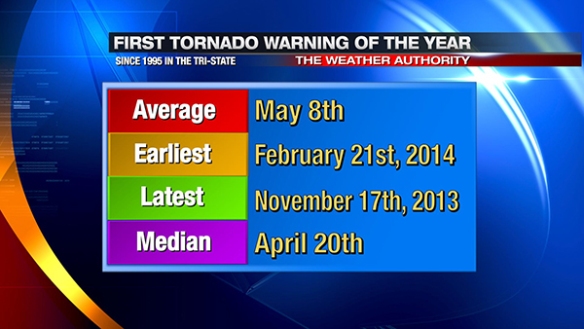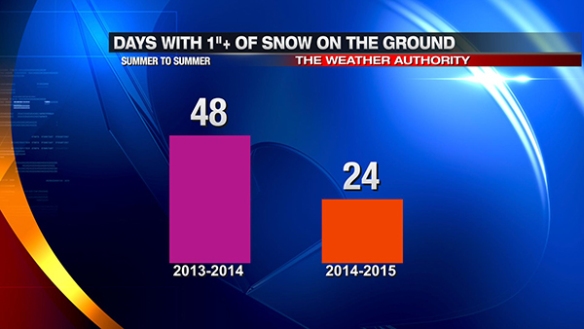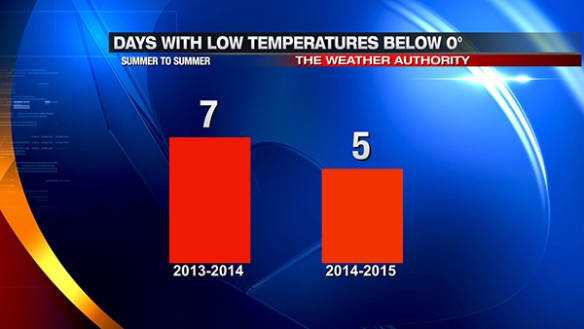There is a problem in the weather community that no one really discusses. Of all of the problems that the weather enterprise needs to tackle, this is far from a #1 priority; this issue, however, is important.
It’s about high clouds.
High clouds are often written off as decorative clouds. They often produce no precipitation and just filter sunshine. Thin, wispy cirrus clouds form usually form due to upper-level winds tearing off the tops of showers and storms that extend tens of thousands of feet into the atmosphere. High-level clouds often go where low- and mid-level clouds can’t survive, including right through areas of high pressure; this is because sinking air associated with a surface area of high pressure is usually focused well below jet stream level (where high-clouds live). High-level clouds typically last longer and travel farther than low- and mid-level clouds because vertical motion and friction closer to the ground allows dry air to mix with lower-level clouds more easily.
So why care about these clouds if they just filter starlight, filter sunlight, and rarely produce precipitation? Because a forecaster’s reputation is on the line every time he or she sits in the chair.
High clouds matter, and here are some examples why.
I went to the Cincinnati/Northern Kentucky International Airport on the evening of Sunday, March 15th to pick someone up after a flight. I noticed the coverage of clouds varying a lot driving from Ohio to Kentucky. As a meteorologist, I want the forecast to be right. After parking in the cell phone lot, I took these pictures of the sky. Here was the sky looking south:

…and west:

…and north:

…and east:

…and straight up:

The weather station at the airport about 5,000 yards away from where I was standing produced the following report at the time the photos above were taken:
KCVG 152252Z 28007KT 10SM BKN250 17/01 A3019 RMK AO2 SLP223 T01670011
Unless you’re a pilot, a meteorologist, or a weather enthusiast, you probably can’t understand that report. When it comes to the report of clouds in this case, we are focused on the part of the report that begins with BKN:

What are “broken clouds?” To understand this, you must understand how sky cover is measured. A number between 0 and 8 (in units of okta) are used to describe how much of the sky is covered with clouds. If the sky cover is reported as 0 oktas, the sky is clear. If the sky cover is reported as 8 oktas, the sky is completely covered in clouds. There can be a few different layers of clouds in the weather observation, and each has a unique opacity. The weather station at the International Airport that measures cloud cover and other meteorological variables is called an ASOS, or Automated Surface Observing System. The cloud cover mentioned in the report is averaged over time and is not a “right now” measurement. Per the NWS’ ASOS users guide, here’s the scale the ASOS uses for converting the sky cover it measures in okta to text:

Using the table, the weather report at the time the photos above were taken says the sky was more than 4/8 (50%) but less than 8/8 (87%) covered with clouds. Many computer algorithms (non-technical weather websites, smartphone apps, etc.) will convert a BKN cloud cover report to be “mostly cloudy.” If a forecaster said the sky would be “partly cloudy,” that forecast would be scored as inaccurate by most computer algorithms. The device used to measure cloud cover is pointed straight up at the sky. While the human observer at the International Airport can adjust the weather observation, the cloud cover part of the observation is rarely adjusted.
Does the sky look mostly cloudy to you in the photos? It depends on which direction you look. You could make the argument that the sky was mostly sunny or partly cloudy in spots.
Here was the visible satellite snapshot around the time of the observation:
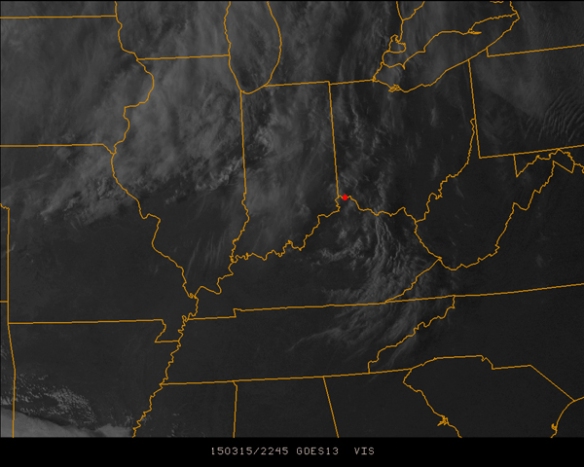
Cincinnati is the red dot. Does it look cloudy to you? Based on the satellite image, you could make the case for a mostly cloudy sky at times.
Here’s another example from Sunday night (March 22, 2015)…broken clouds at 25,000 feet above the ground were reported at the airport just before 6pm:
KCVG 222152Z 06010KT 10SM BKN250 10/M07 A3013 RMK AO2 SLP204 T01001067
Remember, broken clouds were reported at the same altitude around the same time on the previous Sunday. A visible satellite snapshot at the time showed clouds overhead at the time:
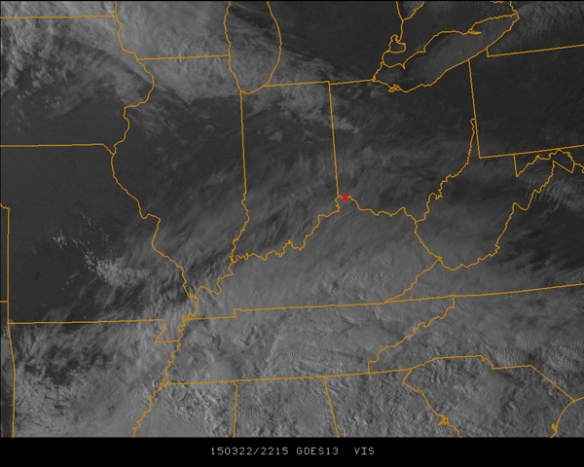
A minute after the weather report came down from the airport, the sky over Cincinnati looked like this:

The view didn’t look much different from 600 feet above Cincinnati at the same time:

Remember, these are high-level clouds. Who cares, right? Comparing both case studies shows “broken clouds” is a vague description. “Broken clouds” can look partly cloudy or mostly cloudy. But as meteorologists, the quality of a forecast is often measured against surface weather reports at the International Airport.
…or – more importantly – the general public. A meteorologist going on TV and calling for a “partly cloudy sky” when it looks cloudy (or is cloudy) out the window does not bode well for a meteorologist’s reputation.
The negligence of a forecaster to consider the coverage or thickness of high-level clouds can not only harm his or her image, but it can also affect the quality of the forecast. High-level clouds absorb and re-emit radiation, including radiation that comes from the ground or underneath a cloud. The temperature of the air is directly related to the solar radiation that is absorbed by the air and also the ground (because the ground absorbing radiation causes it to warm, which in turn warms the air with which it is in contact). Because clouds can absorb and re-emit radiation directed back at the ground (that would otherwise go out to space), mostly sunny days are often warmer than sunny days (given no other significant differences in weather conditions between the two days).
The lack of frequent weather reports from local airports must also be considered here, but this is a whole different can of worms and a blog post for another day.
High-level clouds are a bigger deal than we make them. While they are often forgotten, ignored, or considered unimportant by forecasters, meteorologists, the weather enterprise, scientists in related fields, and even those not particularly interested in meteorology, they are an important part of weather.






